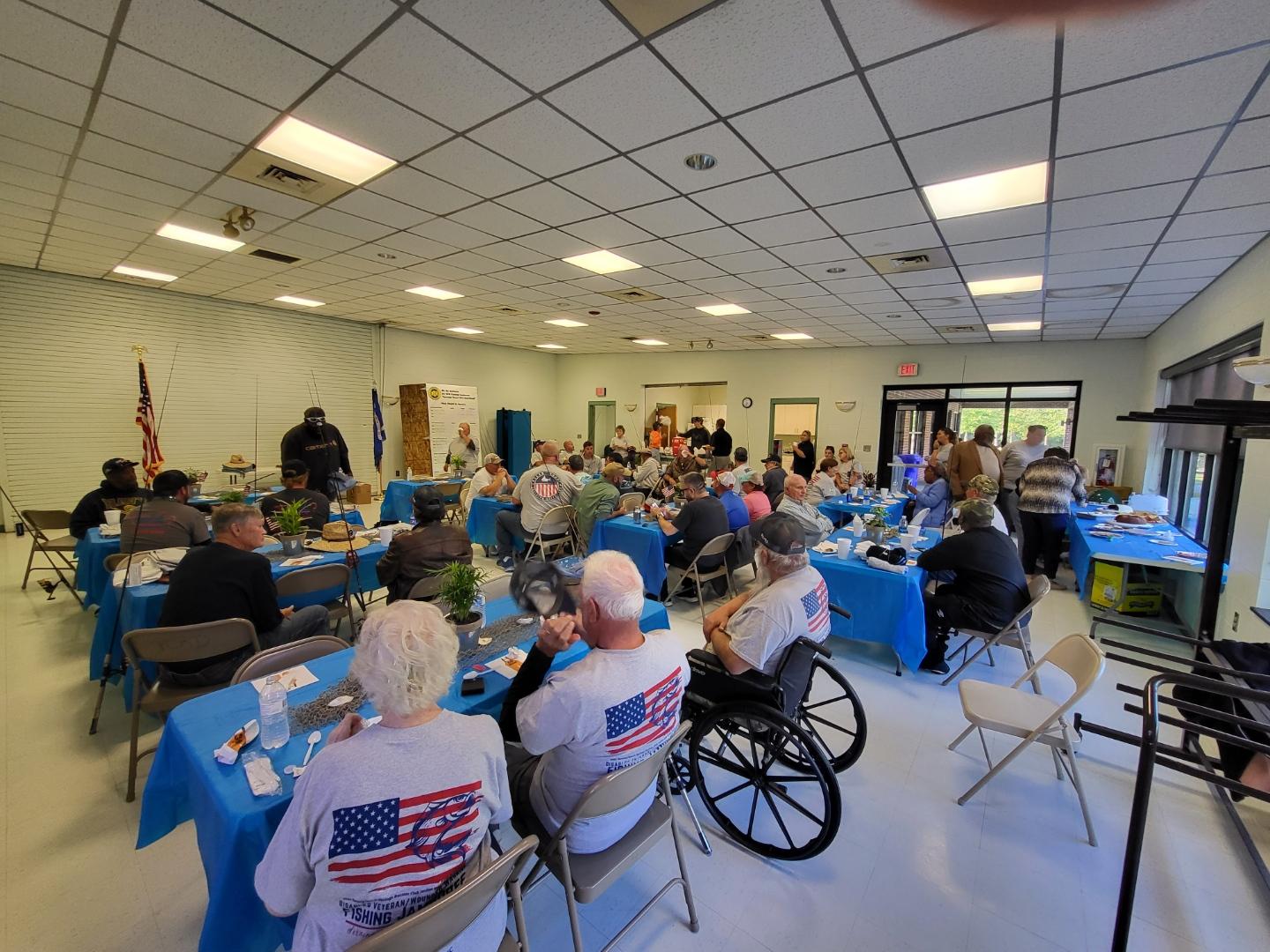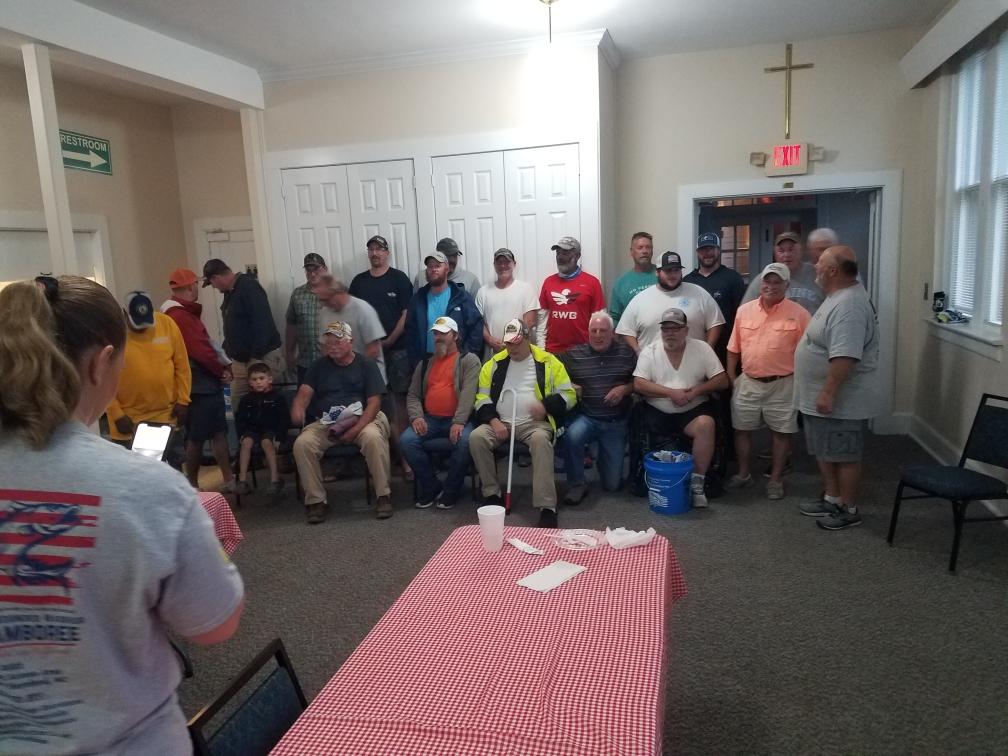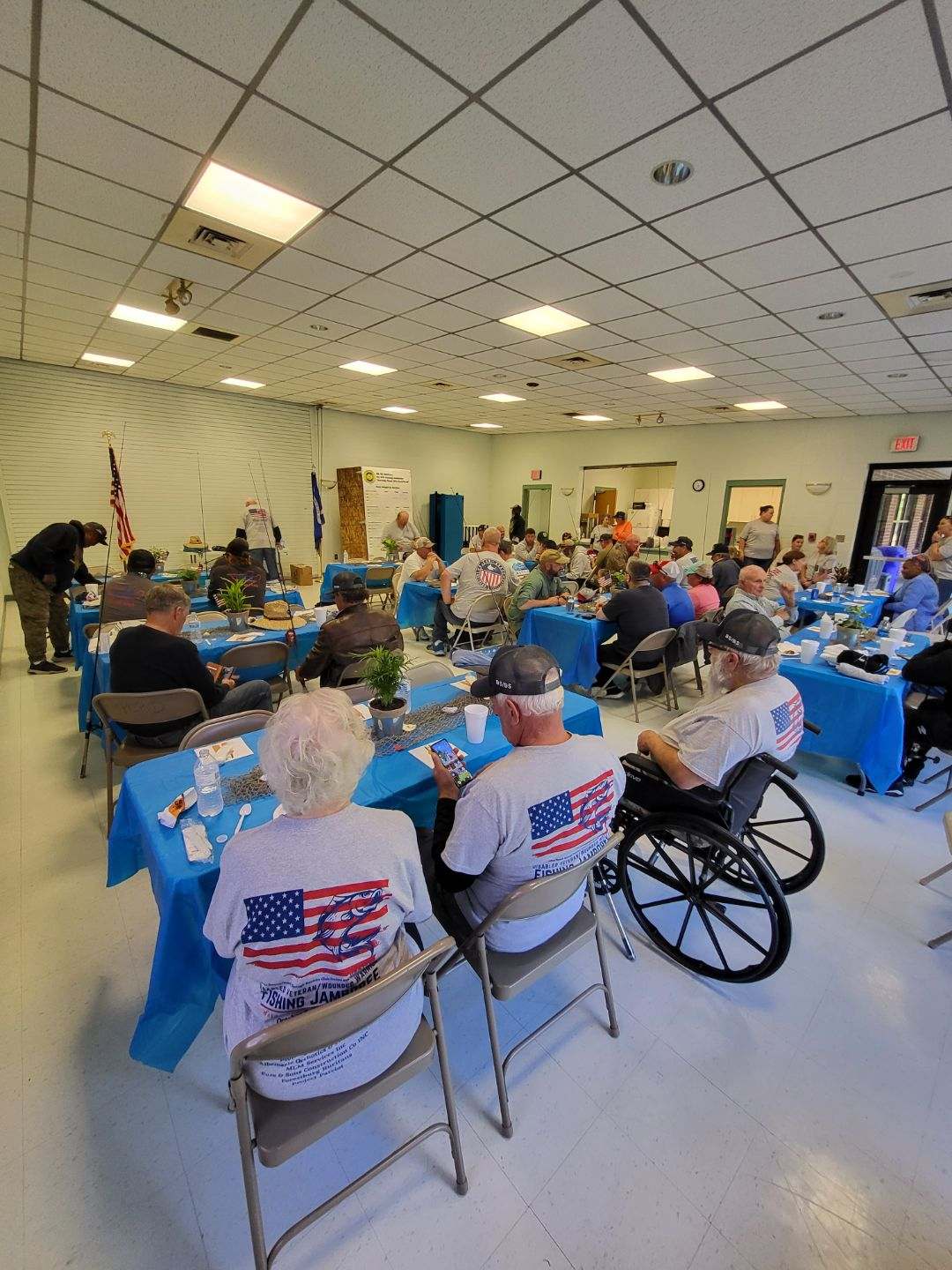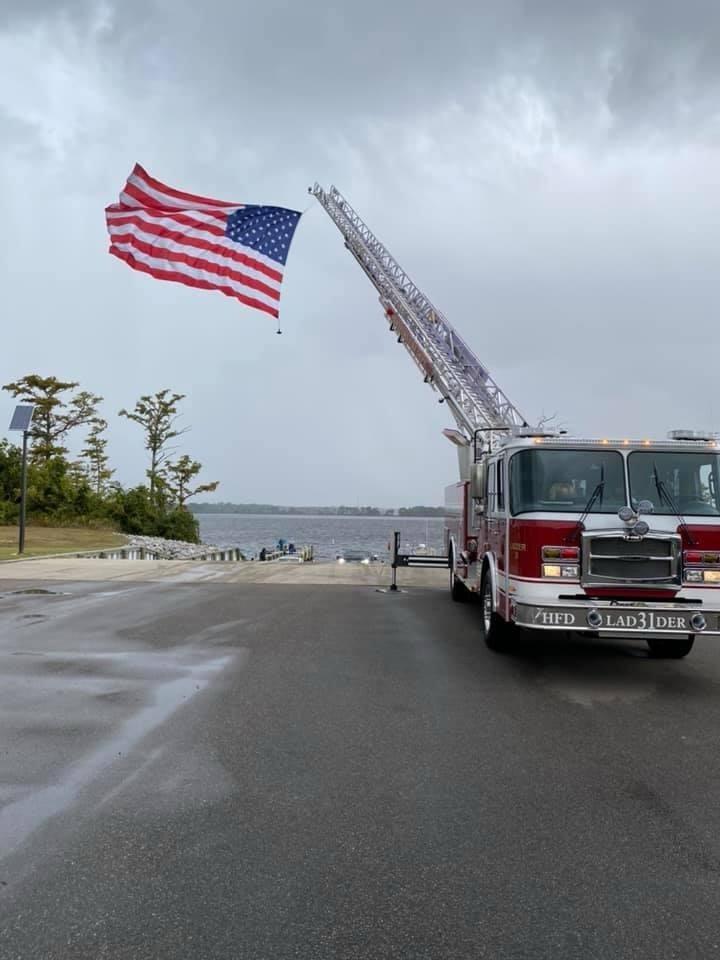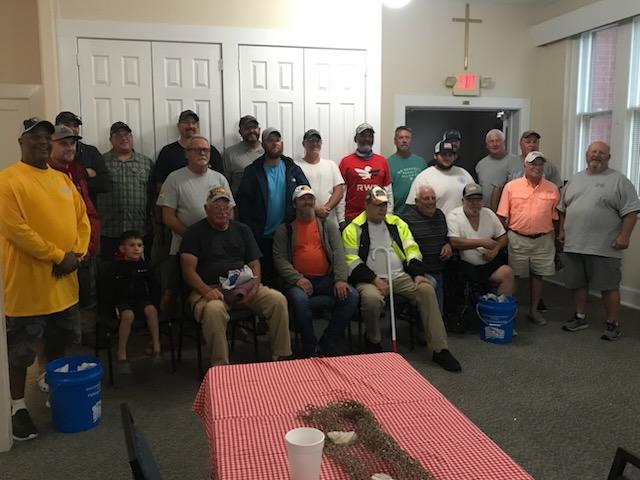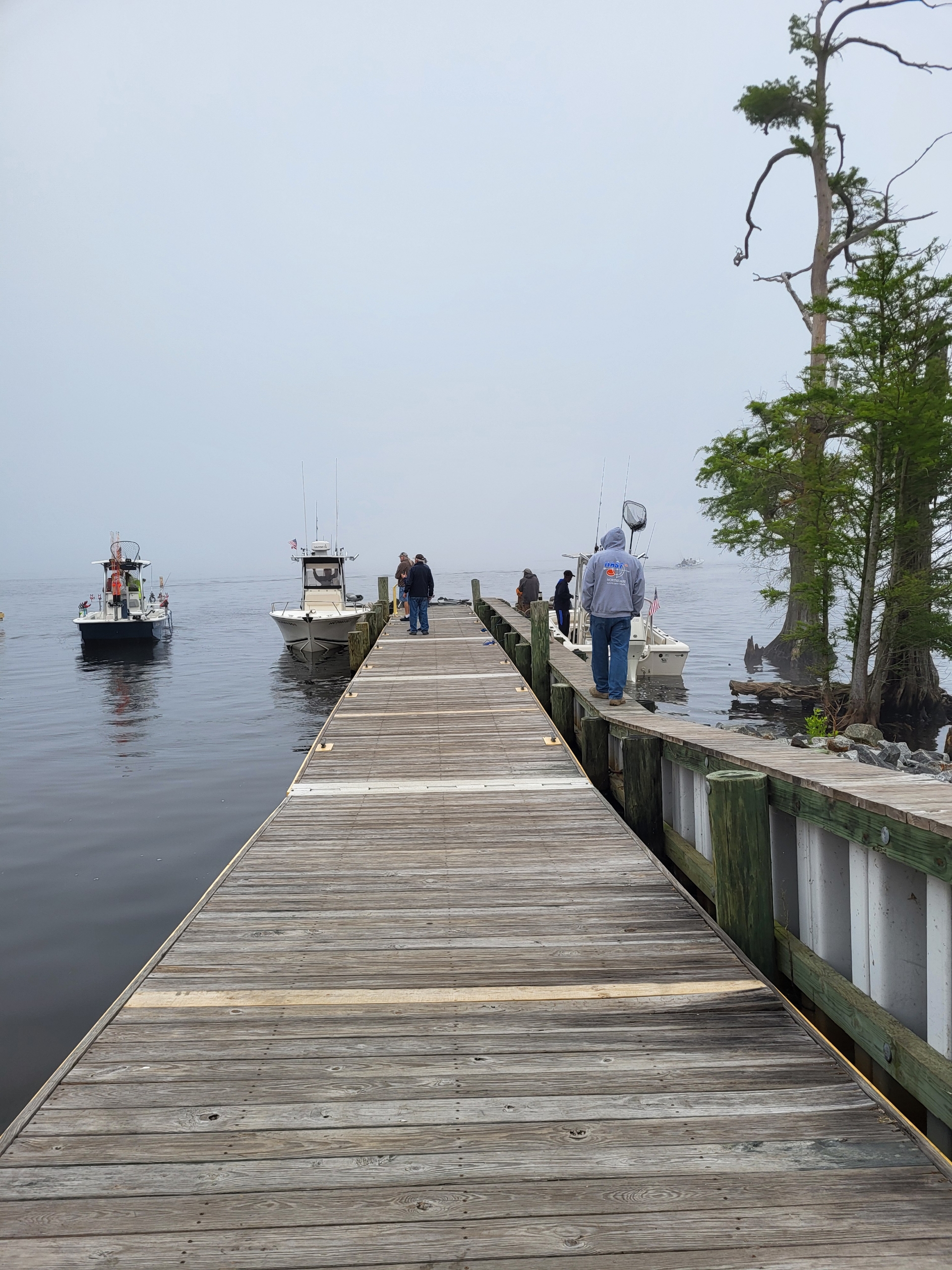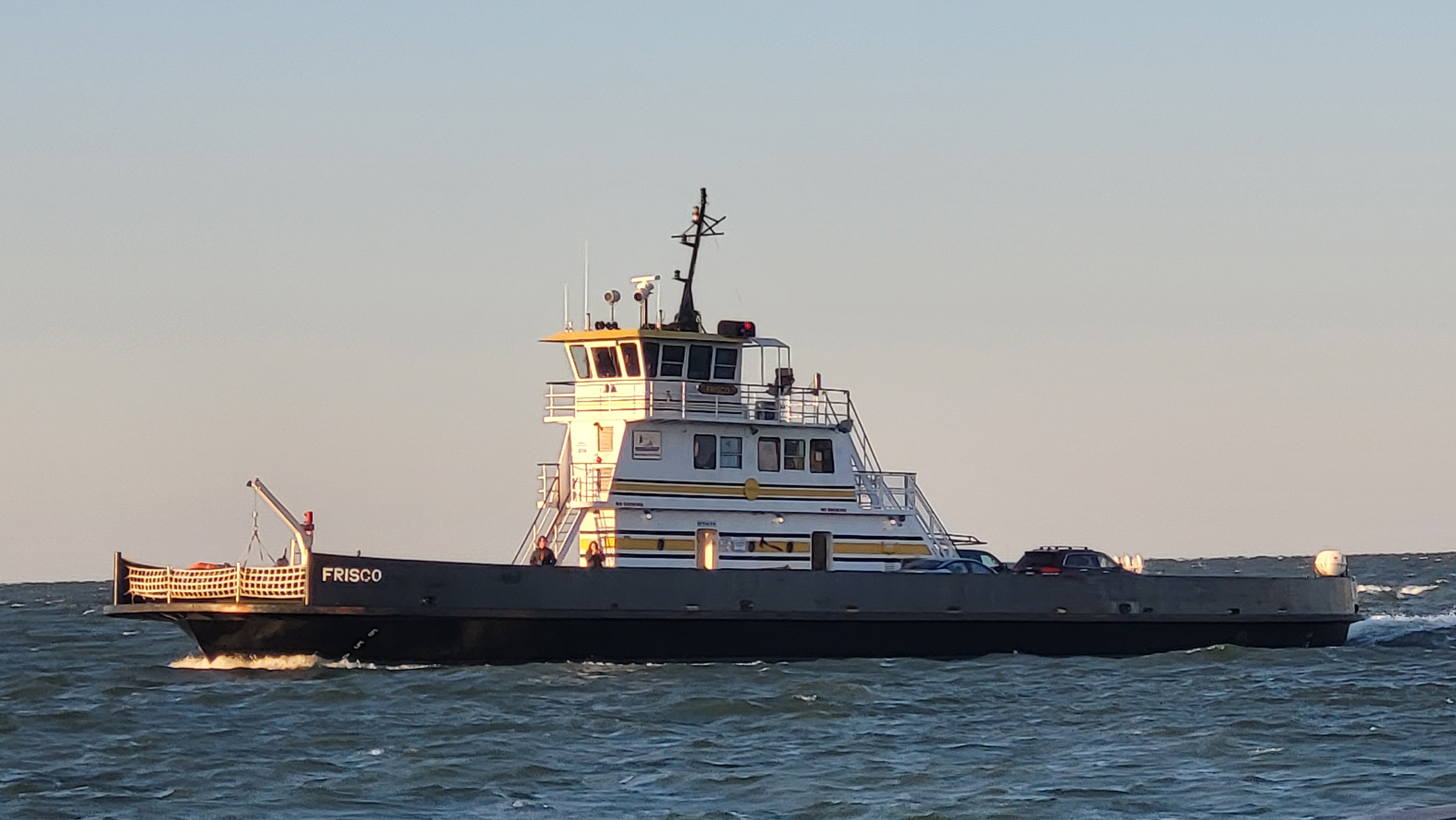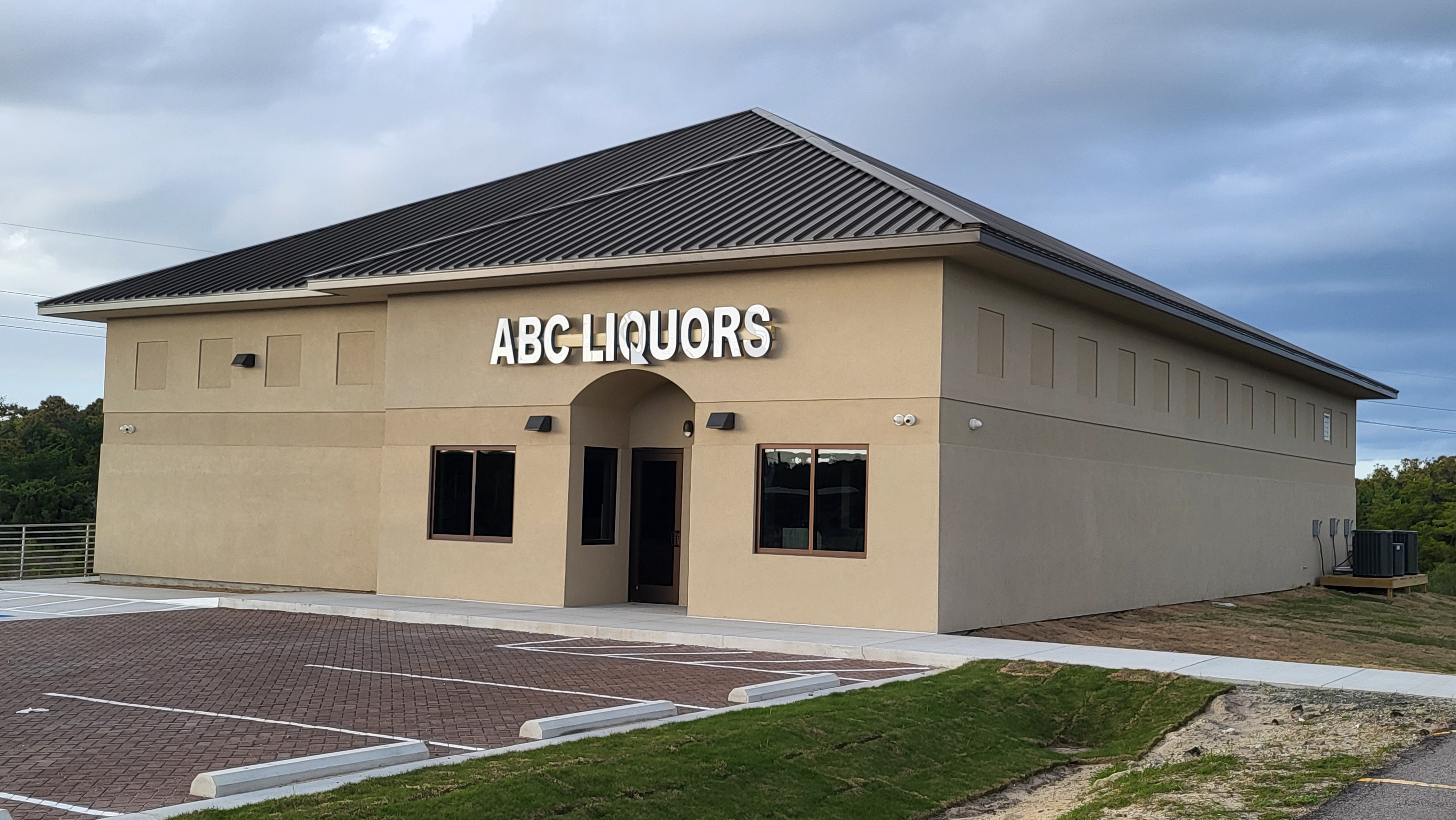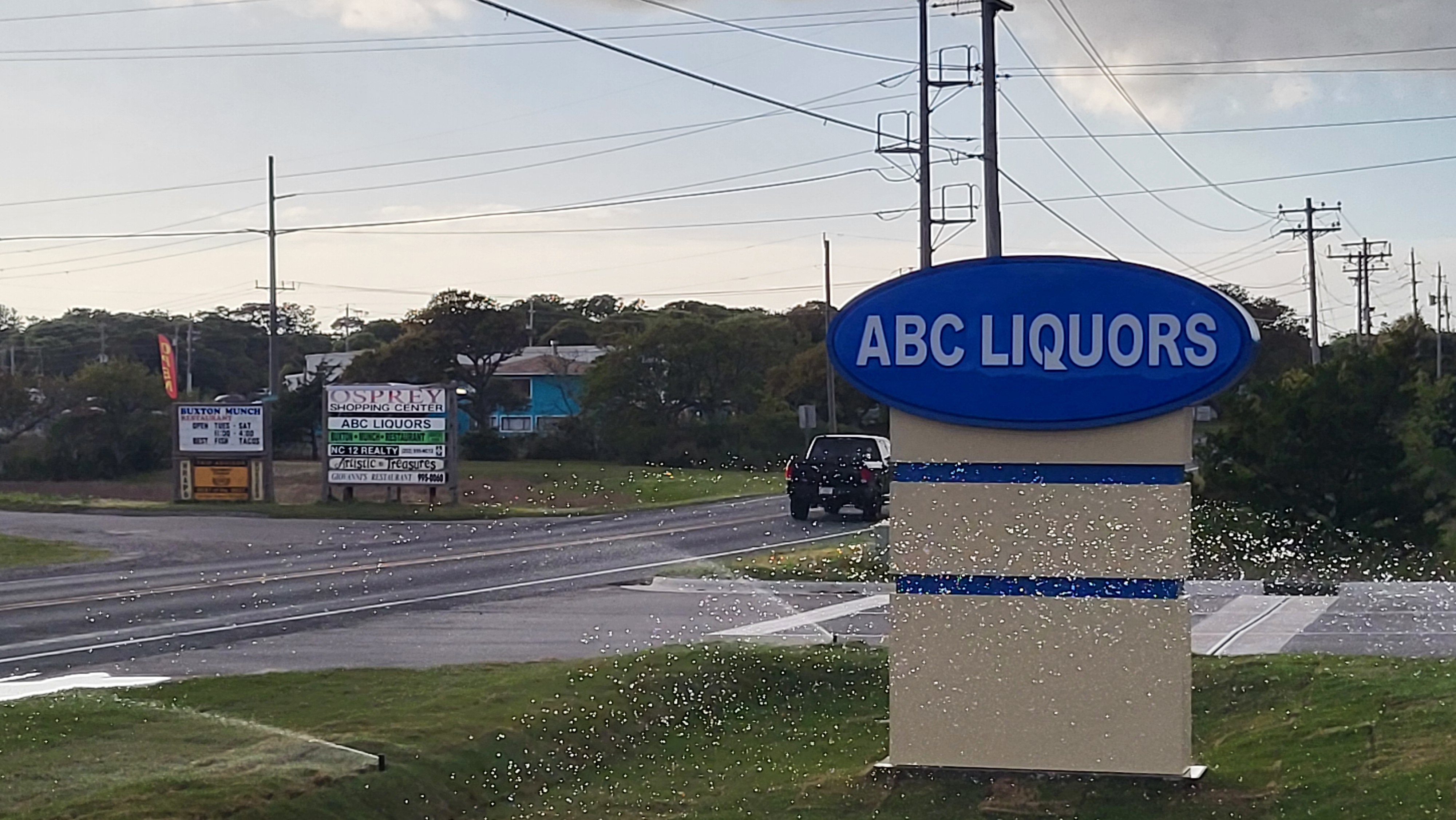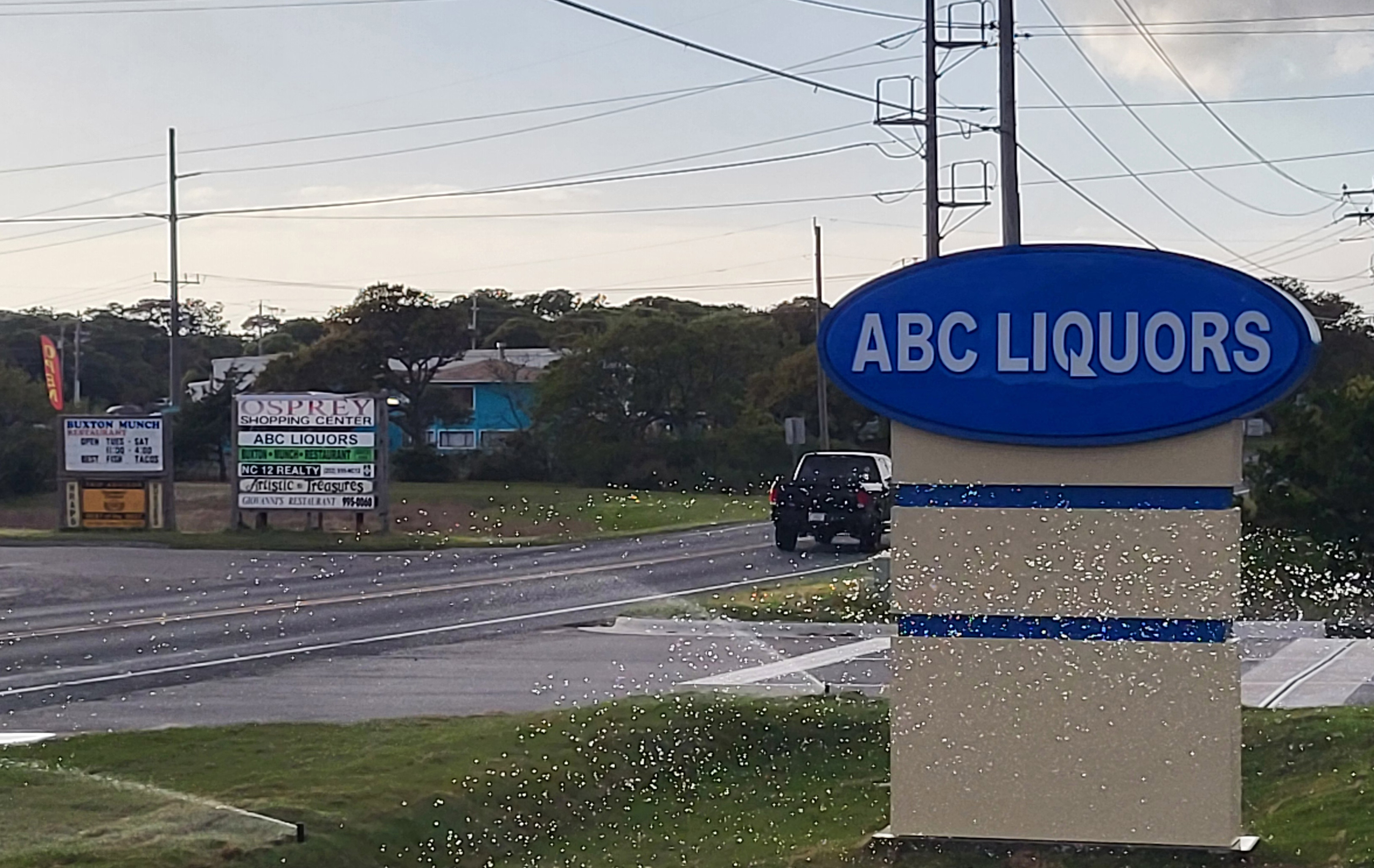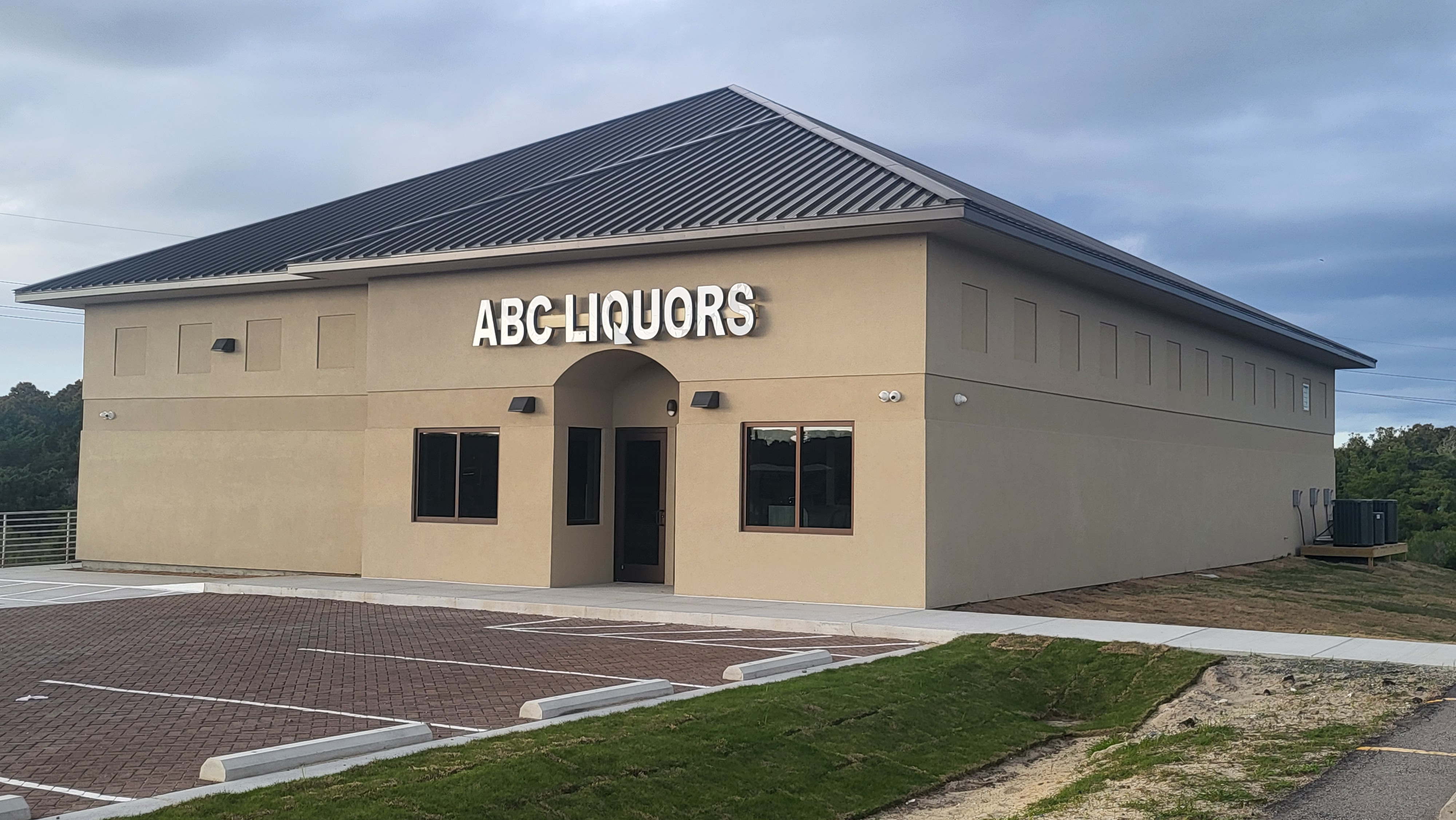High-tech exploration underway at Battle of the Atlantic site
Old-timers who grew up on the North Carolina coast may still recall seeing the night sky lit up by offshore battles during World War II. Now, researchers are using advanced technology to more fully explore the recently discovered wreckage from one such battle that happened just off Cape Hatteras back in 1942.
The National Oceanic and Atmospheric Administration and its research partners are visiting the site of two shipwrecks from a battle that took place on July 15, 1942. On that day, the German U-boat, U-576, torpedoed three ships, sinking the Nicaraguan-flagged freighter S.S. Bluefields.
Within minutes, a barrage from the merchant ship convoy and its U.S. military escorts had sunk the German sub responsible for the attack. Navy air cover bombed the U-boat as the merchant ship Unicoi attacked with its deck gun.
NOAA discovered the wrecks off Cape Hatteras in 2014, 35 miles offshore and about 700 feet below the surface. The two hulls, undisturbed by humans for 74 years, came to rest just 240 yards apart. Both ships were placed on the National Register of Historic Places. Now NOAA is considering expanding the boundaries of a national marine sanctuary to increase protection of the Bluefields, U-576 and other historic shipwrecks.
“This discovery is the only known location in U.S. waters that contains archaeologically preserved remains of a convoy battle where both sides are so close together,” Joe Hoyt, Monitor National Marine Sanctuary archaeologist and chief scientist for the expedition, said in NOAA’s announcement last week. “By studying this site for the first time, we hope to learn more about the battle, as well as the natural habitats surrounding the shipwrecks.”
The research expedition, which runs through Sept. 6, is part of NOAA’s ongoing $800,000 effort to document nationally significant shipwrecks in the “Graveyard of the Atlantic” off North Carolina’s Outer Banks.
“Part of our mandate with the national marine sanctuaries we want to protect, is to both educate the public and highlight special places in the ocean, to preserve nationally historic cultural resources like shipwrecks,” said NOAA’s Vernon Smith in a telephone interview.
PROJECT BASELINE
The main focus of the expedition is to characterize, as completely as possible, the remains of a World War II naval battlefield and map the sea life habitat at the sites. The mission also seeks to develop an efficient, cost-effective approach for manned submersible operations and survey packages that will better serve the sanctuary and the broader archaeological community and to foster among the public increased appreciation of maritime heritage resources.
Smith said scientists involved will assess the condition of the shipwrecks and determine how they’re doing in terms of providing habitat for fish and other marine animals. It’s part of a research effort called Project Baseline.
Project Baseline, according to its website, is a nonprofit, global, aquatic conservation initiative. It includes a worldwide network of volunteers, collaborators and supporters to establish environmental baselines by documenting through video and photos underwater conditions in oceans, lakes, rivers, springs and flooded caves. The group’s images, descriptions and data are available to the public through an online database that creates a baseline for measuring environmental quality.
“When stitched together, those images create a time lapse revealing how that quality is changing. When we couple our divers with scientists and resource managers struggling to understand and protect the ecosystems where we dive, the worth of our effort becomes greater than the sum of its parts,” according to Project Baseline’s website.
Other partners include NOAA’s Office of Ocean Exploration and Research; the Bureau of Ocean Energy Management, or BOEM; NOAA’s National Centers for Coastal Ocean Science; 2GRobotics of Canada; SRI International, an international research organization; and the University of North Carolina’s Coastal Studies Institute in Wanchese.
The project is primarily funded through a collaborative agreement with BOEM and NOAA’s Office of National Marine Sanctuaries, NOAA’s Office of Ocean Exploration and Research, and in-kind support from Project Baseline.
NOAA and its partners will visit the remains of the two ships to document World War II’s “Battle of the Atlantic,” which pitted the U-boats of the German navy against combined Canadian, British and American forces defending Allied merchant ships. The expedition will also include visits to several other World War I, World War II and Civil War vessels off the North Carolina coast, including the USS Monitor.
The Monitor was the Union Navy’s first ironclad warship and a big factor in the Battle of Hampton Roads, Virginia, in March 1862. The Monitor sank in a storm about 16 miles off Cape Hatteras in December 1862 while on its way to Beaufort. The wreck was discovered in 1973 and two years later, in a move to preserve the wreck and its artifacts, a 0.5-nautical-mile radius was designated as the Monitor National Marine Sanctuary.
LOCAL CONCERNS
NOAA’s proposed expansion of the Monitor sanctuary was announced in January. In June, four proposed expansion options were presented for public comment.
The expansion plan has caused concern among some Outer Banks residents, especially commercial fishermen and dive charter business owners who said it would lead to more restrictions on their livelihoods.
Smith said he understands the concerns.
“Government comes in and keeps people away,” he said, but that’s not the case. “We’re not keeping people off the wrecks, we want people to enjoy these resources in a sustainable way.”
While rules currently prohibit anything other than hook and line fishing for both recreational and commercial fishermen in the current sanctuary, officials say that fishing activities would not be restricted in any way through sanctuary regulations for any new areas added.
“During the recent scoping process, NOAA asked the public for comments on areas that might be added and what types of regulations would be needed to protect the wrecks. NOAA heard strongly from fishermen that they fish near wrecks without impacting the ships,” Smith said.
Smith said NOAA seeks to provide services to the public, recreational divers and educators interested in the wrecks. Some restrictions apply, but the goal is to manage these places “holistically,” he said.
“Recreational diving, recreational boating, we don’t have a problem with. And in some sanctuaries commercial fishing takes place. It varies from site to site,” Smith said. “We recognize that these places are used by a variety of different user groups, from boaters to commercial and recreational fishers, divers and others. Our goal is to try and create a management scheme that protects the resource and, as much as possible, allows different user groups and people to continue to enjoy and use the resource.
In addition to diving, recreational fishing and commercial fishing, archaeological research, vessel transit and environmental monitoring all occur within the sanctuary. The extent to which these and other potential future activities, such as renewable or other energy facility siting and development, will be allowed within an expanded sanctuary boundary will be determined through the public process and an analysis of the issues, Smith said. “We believe potential conflicts among users can be minimized through education, coordination and adherence to laws, regulations and practices,” he said.
Smith said that in addition to honoring another generation of mariners that helped defend the nation during the world wars, expanding the sanctuary may bring benefits to the area.
“These resources also provide a certain amount of economic stimulus to local communities, depending on the shipwrecks and where they’re located,” he said.
Expanding the sanctuary would elevate the unique cultural heritage of coastal North Carolina to further levels of national recognition, preserve important historical sites for future generations, promote increased access and stewardship and generate local socio-economic benefits to local communities, he said.
The agency may take steps to help the public locate certain wrecks, such as providing dive buoys, Smith said.
“By trying to bring the stories of these wrecks to the attention of the public, we can educate and instill a stewardship ethic so people will, hopefully, take pride in these resources and they too will also try and protect them,” Smith said.
A WAR GRAVE
“It is international custom to view the wreckage of land, sea and air vehicles assumed or presumed to hold the remains of fallen soldiers as war graves. As such, they are under special protection and should, if possible, remain at their site and location to allow the dead to rest in peace,” the German Foreign Office said at the time of the discovery in 2014.
U.S. policy is to respect the sovereign government ownership of shipwrecks and protect them from disturbance, but officials say that together, the two wrecks offer an unusual opportunity to learn more about forgotten history.
NOAA considers expansion as a way to protect and preserve these historic sites through education, archaeological research, stewardship and management. Any new regulations, if enacted, would be to avoid damage to resources and the removal of objects or artifacts.
“The significance of these sites cannot be overstated,” David Alberg, superintendent of Monitor National Marine Sanctuary, said in NOAA’s announcement. “This area off North Carolina is the best representation of a WWII battlefield off the East coast. Now, working with our partners, we have an opportunity to study it, characterize it, and, like other historic battlefields in this country, hopefully protect it.”
NOAA discovered the two vessels when archaeologists aboard NOAA research vessel SRVX Sand Tiger located them during an autonomous underwater vehicle survey, using high-resolution sonar.
The current expedition will use two manned submersibles provided by Project Baseline, along with its research vessel Baseline Explorer.
Underwater robots and advanced remote sensing technology, provided by 2G Robotics and SRI International, will generate bathymetric data and detailed acoustical models of the wrecks and surrounding seafloor. University of North Carolina’s Coastal Studies Institute will provide three-dimensional modeling of the wrecks.
Additional funding to support the mission was provided through a grant from NOAA’s Office of Ocean Exploration and Research and BOEM.
(This article is provided by Coastal Review Online, an online news service covering North Carolina’s coast. For more news, features, and information about the coast, go to www.coastalreview.org.)







